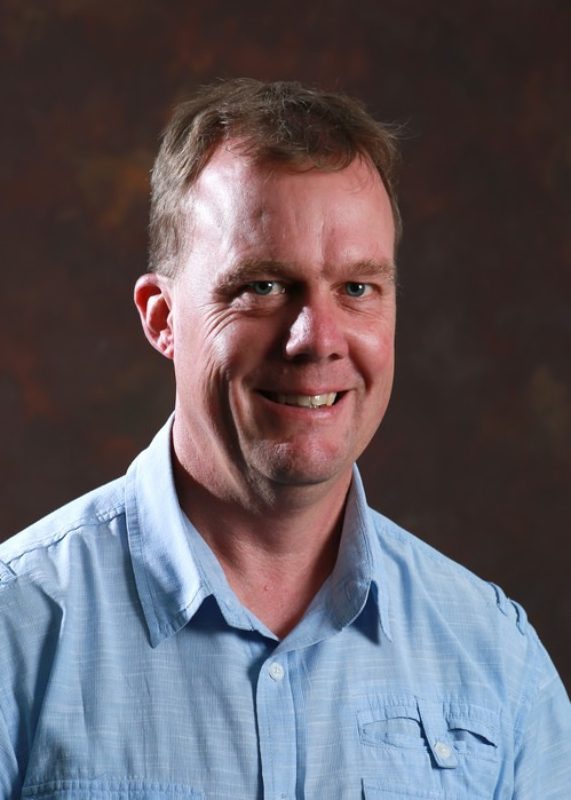
Dr Chris Jones of ILRI will be one of the lead researchers on the UK-CGIAR project “Defining new phenotypes for forage and crop by-products improvement based on rumen function and greenhouse gas emissions”. In this interview, he discusses the goals for the project, how ILRI’s previous research will contribute to the project, and why collaborating with SRUC will be central to the work.
Bio
Chris Jones is program leader for feed and forage development, a multidisciplinary research program involving a team of plant molecular biologists, physiologists and geneticists, and animal nutrition scientists. His work is directed towards accelerating the genetic improvement of feed and forage species in support of livestock production in developing countries. He has a PhD from the University of Dundee and has researched all aspects of plant biotechnology from academic to highly commercially driven projects. He Joined ILRI in July 2015 from the New Zealand Crown Research Institute, AgResearch.
Q. What is your academic and professional background and how has it shaped your current thinking?
I’m a plant biotechnologist with a passion for discovering how we can use a broad range of modern biotechnologies to create new feed options that help improve how we feed livestock in low- and middle-income countries. My goal is to build strong partnerships and expand our scientific knowledge in a way that not only elevates livestock farming in these regions, but also significantly reduces its impact on climate and the environment.
Q. You’ll be one of the lead researchers on the UK-CGIAR Centre project “Defining new phenotypes for forage and crop by-products improvement based on rumen function and greenhouse gas (GHG) emissions”. How will ILRI’s previous work on the topic contribute to this project?
ILRI has a long history of research in animal nutrition and how this contributes to more sustainable livestock production in Sub-Saharan Africa. We have rich genetic resources, held in our forage genebank, and considerable experience working in collaboration with forage and crop breeding programs on livestock nutrition traits. All this will help us take the research to the next level of selection towards the development of new varieties for feeding livestock in Sub-Saharan Africa.
Q. What are the major obstacles preventing farmers in Sub-Saharan Africa from maximizing yields from their livestock?
Smallholder farmers in Africa face a range of challenges such as diseases, lack of access to productive and adaptive animal breeds and climate change, but the biggest productivity obstacle they face is what and how to feed their animals. Many lack access to affordable, reliable, and acceptable (in terms of quantity and quality) feed. The choice of feeds and feeding strategies also has major implications for natural resource use and GHG emissions.
The primary aim of our research is to help farmers optimize animal nutrition through improved feeding and to enhance livestock profitability by reducing feed costs relative to income. Our approach is to increase feed resources from forages and crops residues, and to improve the quality of these resources. Improving the efficiency of feed utilization will also enable farmers to keep fewer, more productive, animals thereby reducing GHG emissions.
Q. How will collaboration between ILRI and SRUC help advance the goals of the project?
The collaboration between ILRI and SRUC brings together complementary strengths that are key to advancing the goals of this project. ILRI brings experience in ruminant nutrition and knowledge of genetic resources of forages and food/feed crops, particularly those relevant to Sub-Saharan Africa. This pairs perfectly with SRUC’s expertise in rumen microbiology and their advanced high-throughput screening capabilities.
Q. How do you see this project with the UK-CGIAR Centre evolving over the next few years?
Working with other CGIAR centres and partners, we will use what we’ve learned from this project to identify new feed sources for livestock to make farming more efficient and sustainable in Sub-Saharan Africa and the Global South. We’ll be able to better understand how we can improve the quality of forages and crop residues for ruminant production systems in these regions.
